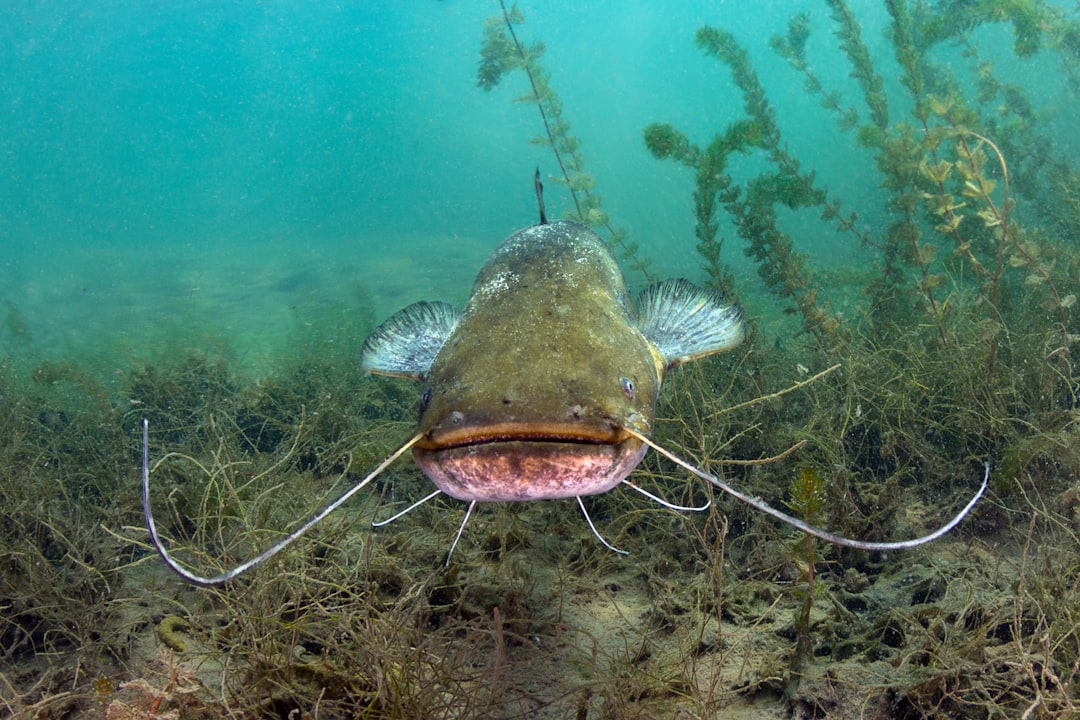What is it about?
We review the phenomenon of red or yellow autumn leaves in deciduous woody species of the Northern Hemisphere in terms of its occurrence in different continental regions, phylogenetic distribution, and recent experimental insights on when pigments are most beneficial in protecting leaves against photo-oxidative damage. Experiments show that anthocyanin is induced by exposure to high light and cold temperatures, and climate maps reveal that Eastern North America (ENA) receives higher irradiation and suffers more temperature variation in the fall than do Asia and Europe. This, in combination with the on average, 3-week shorter vegetation periods of ENA species, favours investment in pigments to extend the time for nutrient resorption before abscission. This provides a new explanation of bright New England autumns.
Featured Image

Photo by J. Kelly Brito on Unsplash
Perspectives
As a follow-up, we carried out an additional analysis in a phylogenetic context: Renner, S. S., and C. M. Zohner. 2020. Further analysis of 1532 deciduous woody species from North America, Europe, and Asia supports continental-scale differences in red fall colouration. New Phytologist 228(4): 814-815. This includes a list of all 1532 species, with their geographic origin and fall coloration, which may be useful for even further analyses.
Professor Susanne S Renner
University of Munich
Read the Original
This page is a summary of: The occurrence of red and yellow autumn leaves explained by regional differences in insolation and temperature, New Phytologist, May 2019, Wiley,
DOI: 10.1111/nph.15900.
You can read the full text:
Contributors
The following have contributed to this page










